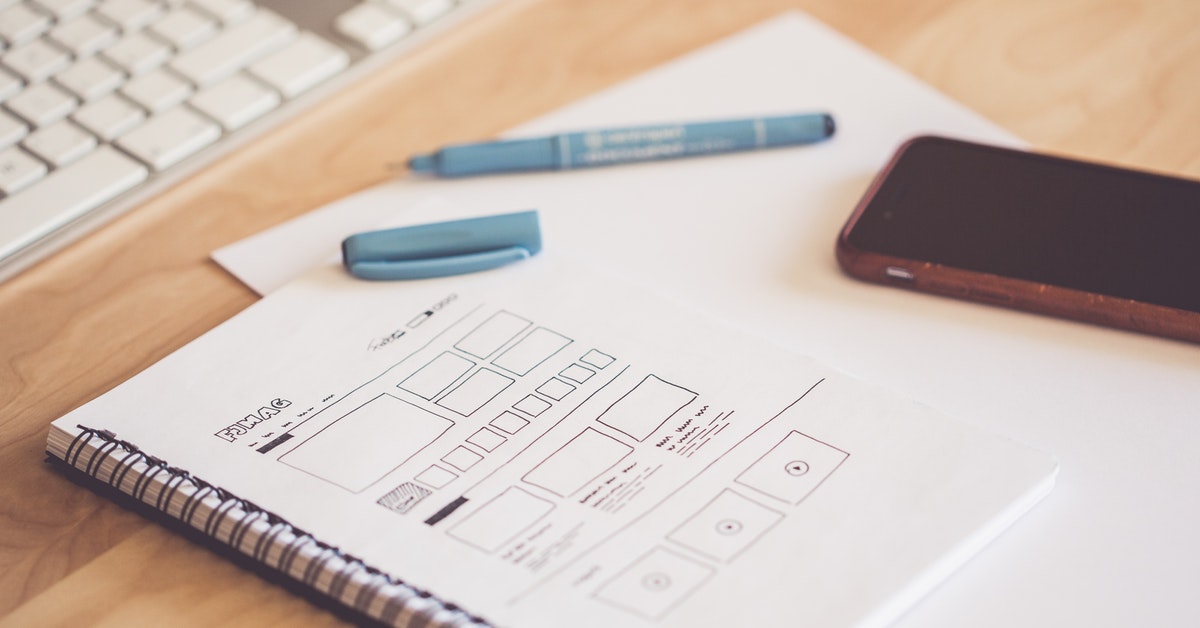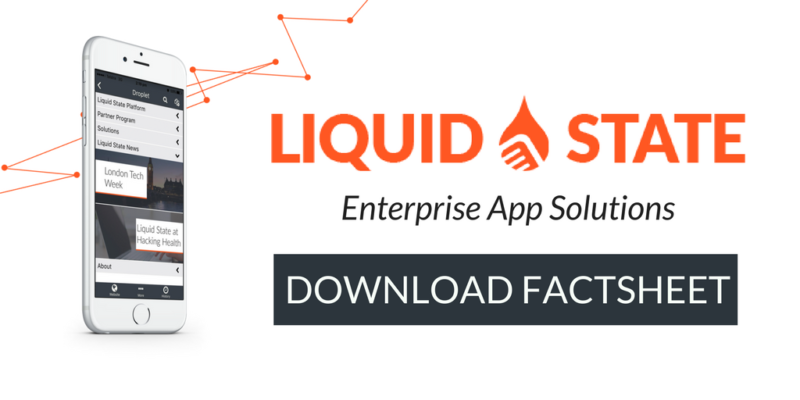Pre-Planning for Successful Mobile App Development

For most industries a mobile strategy is no longer an option, it is a requirement. In the world of mobile app development, it is vital to success to get it right the first time. One of the top reasons for mobile apps failing at the market within the first few months is due to poor planning and lack of strategy.
According to the 2013 State of CIO report, more than half (52%) of those surveyed planned major mobility projects, including the development of business apps. To build a successful app, it is imperative to have a well laid-out concept. Knowing how to pre-plan your mobile app can increase your chances of completing the project on time and within budget while meeting design specifications.
Related Why Do Businesses Need a Mobile App
The mobile app development process begins with the concept. From there, an app can go through many different stages of evolution. As such, even a small perspective diversion during the process can dramatically change the development and end product. Pre-planning app development helps alleviate this risk.
When developing an app, the pre-planning stage can often be rushed and even at times, completely overlooked. The more questions you can answer about the app and its functionality at the start, the stronger the development process will be. Spending adequate time and effort on pre-planning allows you to not only define the core features of your app but also plan for unexpected turning points in development. Successful pre-planning can also help identify the goals for the app, early insights, and allow you to prepare an effective competitor and marketing strategy.
Benefits of pre-planning:
- Early insight into competitors, target audience and market trends
- Efficient streamlining of the development processes
- Effective communication of the app concept
- Cost projection for app development and marketing strategies
It is due to the complexities involved in mobile app development that pre-planning is essential for smooth project completion and success. A lack of app pre-planning can result in an undefined concept and insufficient information. Not to mention potential time delays and extra costs due to a lack of planning, organisation and communication. More specifically, unplanned corrections, changes and mistakes are costly and can lead to expensive reworks, delays and even project failure.
Related How to get Executive Buy-In for your Mobile App Idea
How to Pre-Plan an App
The pre-planning stage involves defining fundamental parameters of the app. It is important to thoroughly answer questions like:
- What does the app do?
- Why should it be built?
- How does it function?
If you are considering developing a mobile app for your business, take into account the following 7 steps to help you pre-plan your development journey.
Step 1: Define your concept
Pre-planning starts with clearly laying out the concept of the app. It is important to prepare a short description of your app, conveying the core idea in simple terms, to help define your concept to others. Start by broadly defining the app and try to answer some of the following:
- What is the app about?
- What are your expectations from the app?
- How will it work?
- How can it engage and be useful to end users?
Define the concept in writing. In this case, less is more. Try to cut out everything that is frivolous, this discipline will help lead to clearer, sharper thinking. Make sure to incorporate the core idea of the app, including the key features you are expecting.
Step 2: Define your audience
A clearly defined target audience will not only inform your design decisions but will also allow you to market your app effectively later on. This is one of the most critical stages, as it can identify factors that can be beneficial in building an appropriate mobile app. During this step, significant changes can happen to the app concept based on the needs of your customers.
Start by identifying your target audience and understanding their ‘buying’ behaviour and preferences. This helps determine what your audience expects from your app. Try to answer the following:
- Who are the users?
- What is the problem they are facing?
- Is there a gap or opportunity in the marketplace?
It is important to test your concept through research and gathering feedback. This will help you determine whether the concept needs refining. For example, you can leverage forums, surveys and other market research techniques to thoroughly define your user’s needs and to validate your app idea. This process includes researching the platforms your users are most likely utilizing, then gaining an understanding of each user experience. If done well surveys and questionnaires can give you unmatched insights about customer behaviour which is significantly valuable for pre-planning app development and what your minimum viable product should look like. Furthermore, this wealth of information will help you to develop user personas later down the track.
Related A People-First Approach: The Future of Enterprise App Development
Step 3: Identify similar apps
Unless your app concept is niche or highly unique, there is a good chance that you will find similar apps in the market. It is important to use this to your advantage. Make sure to understand the problem these apps solve, the features they have, how they function, and how they can be improved. From this, you can analyse any potential gaps and opportunities in the market.
Research the top apps in your category for both free and paid versions. Trial these apps to figure out what they do best. Read the reviews and take note of what users liked, and more importantly what they didn’t like, about the apps. When evaluating competitor apps, consider answering the following:
- Why is this app successful?
- Why do people want this app? (Look at the reviews, blog posts, etc.)
- Will the customer use it again?
- How are they marketing to their customers? (Check out screenshots, icon design & descriptions)
- What is the competitive advantage of this app?
- What does this app cost? Are there in-app purchases?
It is important to ensure your concept does not merely replicate competitor apps, instead leverage these insights to provide the market with an app that offers users more value. With valuable market knowledge at an early phase, you can successfully build an app that is unique and offers somewhat different features than other similar apps – gaining competitive advantage.
Step 4: Brainstorm with your team
Brainstorming is a proven technique for redefining and improving an app concept with innovative ideas and suggestions from your team. In the ideation and concept development process try to get the input of creative and constructive thinkers with relevant knowledge and experience. It is important to identify and bring together those who will add value to your app idea. It is recommended to include people from different fields, in order to gain valuable insights and stronger concept development.
When you brainstorm with a group of people, you are capable of building more innovative and unique ideas. The team will need to ask and answer a lot of questions based on the preparatory work done earlier, evolving the app concept. Try to encourage your team to provide input from technical, marketing, strategic, and customer perspectives. For example:
- What is the reason behind it?
- Is it a good idea? Is it appropriate for your business?
- Is it a worthy investment? Is it affordable?
- Do you have access to the necessary resources?
- Is the plan feasible?
- Is it unique? Does it fill a market gap?
- Does it benefit the users? Will it solve their problem?
- Will it help deliver better service, more brand engagement and increase brand loyalty?
- Should it be paid or free?
- How can the concept be improved?
Step 5: Prepare a master list of outputs
Based on your research and findings from the above steps, this list may be different from what you originally conceptualised. It is likely that the pre-planning process has encouraged changes to your initial app concept. With your refined idea, create a comprehensive final list of functional and technical specifications for your app. It is sometimes useful to compare these points to your original concept.
Remember to update your app description based on the latest changes. It is tempting to make your mobile app more attractive with additional features that set it apart from other apps in the market. However, make sure to keep only the relevant features and not to overdo it. In the app world, simpler is better.
Step 6: Create an app flowchart
In this step, try and translate your ideas into a simple flowchart. This is often the best way to communicate your app idea, workflow and functionalities to the development team. When your mobile app developers have a clear understanding of what is expected from them, the features the app should have, and what your goals are, it helps to build a more relevant and successful app.
Creating an app flowchart will help you visualise your app. Make sure to keep it simple, clear, concise and comprehensive so that your concept is easy to understand. The flowchart should include the concept, workflow and functionalities of the mobile app, budget, deadlines, steps of the development process, and the people responsible for each process and stage.
Where the flowchart is used to define the app concept it is also useful to make sketches or designs of what the screens may look like. More specifically, preparing a screen-by-screen navigation of the app helps to add greater project clarity. This allows you to map out and define all the paths and routes inside your app. It may also unearth a lot of new questions about your app design.
Step 7: Check technical feasibility
Discuss the technical feasibility of the concept with your in-house development team or potential vendors. It is important to discuss platform capability, devices, connections, security and support requirements. Some of the project parameters may need to be refined depending on the technical requirements.
The next step…
Now that you know your app concept inside out, you can confidently move to the next step of developing an app prototype. When it comes to app development keep in mind that cheaper is not always better, and this is generally reflected in product quality. Here are your options for mobile app development:
#1 Build it in-house
Bring on your own in-house development team to build your app. This is not always the most efficient development approach and may require significant use of internal resources.
#2 Use a DIY platform
If the app you have in mind is a simple and standard cookie-cutter app, using a do-it-yourself app creation tool may be a viable method for you. There are many DIY sites out there specifically for small business owners looking to build an app to market themselves. These tools can be beneficial if you are looking for a cheap way to create an app and don’t mind the basic design or functionality associated with this option. For this reason, it is recommended to only use this approach if you are creating an app for your business, not creating a business out of your app.
#3 Hire an individual app developer
Hiring an individual developer is not always easy as it can be challenging to find one with the right skill set to compliment your app idea. However, this is typically a cheaper option compared to hiring a development team, but remember to consider the risks involved. Only hire a developer you trust to deliver you a completed product.
If you choose this approach, there is a possibility that you might need to hire several contractors to get the app completed. For example, not all developers are also designers, so you might need to hire a designer to do the initial design work before hiring a developer to build the app.
#4 Hire an app development firm
The benefit of hiring a development firm to create your mobile app is that you will have designers, developers, and testers all working together to develop your ideal app. As such, development firms generally have a wider skill set, access to more resources, and larger portfolios for you to base your decision on. However, this can be a more costly approach due to the turnkey nature of the service. It is recommended to use this option for apps that are more complex technical projects.
Related Build vs. Buy: When to Choose Turnkey Solutions over Custom Software
Pre-planning your mobile app will provide you with the necessary foundation for success. When effort and time are spent pre-planning your app, it can go a long way in eliminating delays, minimising your overhead costs, and delivering the project on time. The ultimate goal is to create a user-centric and bug-free app from the first release and continue delivering enhanced user experience through further iterations.
Have you found the right app development platform to execute your mobile strategy? At Liquid State, we understand the importance of implementing enterprise app software as a part of corporate strategy. Our platform empowers businesses to build native code-free apps for a variety of business functions.
To find out what Liquid State can do for your business, get in touch with us today.


